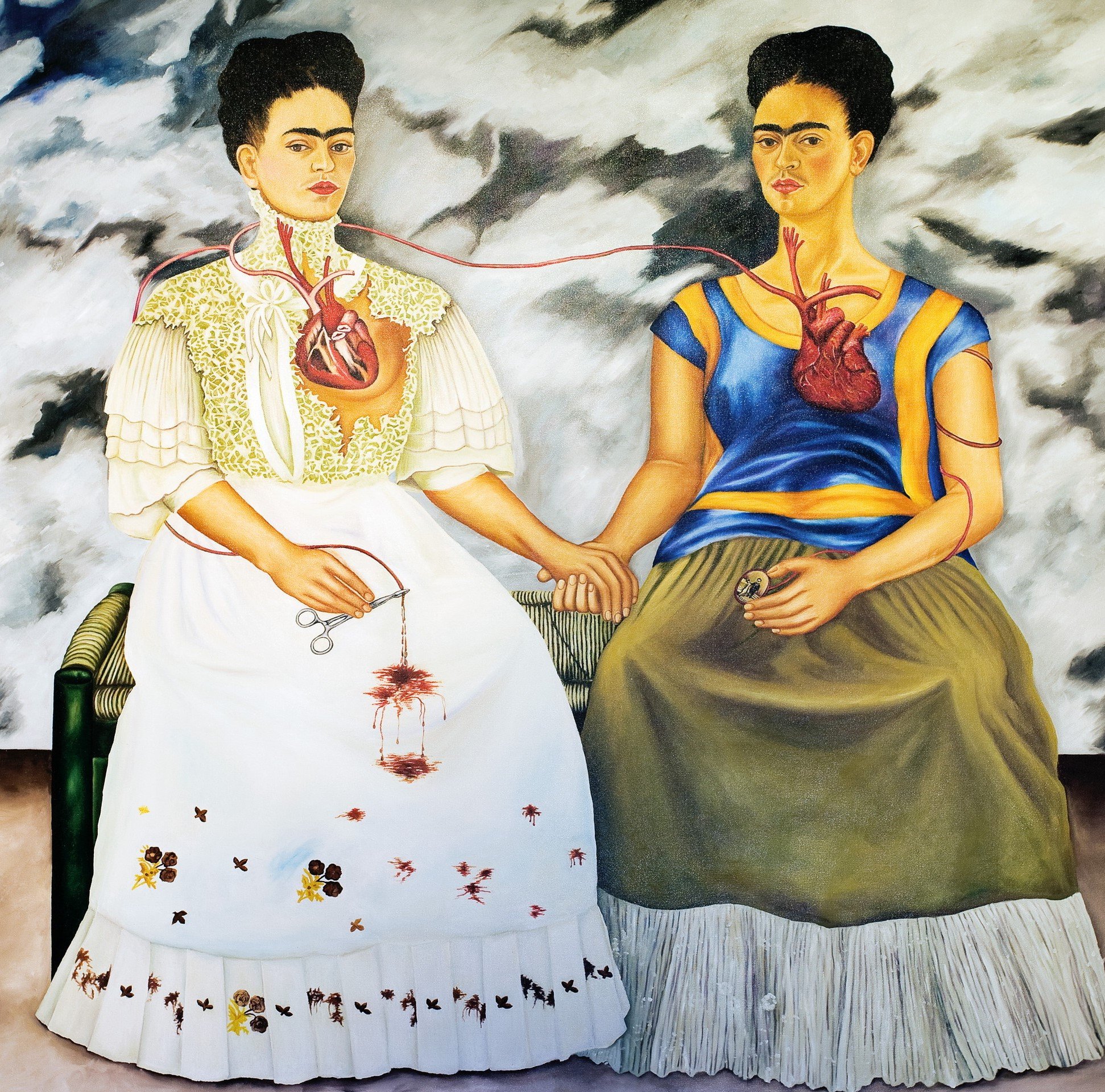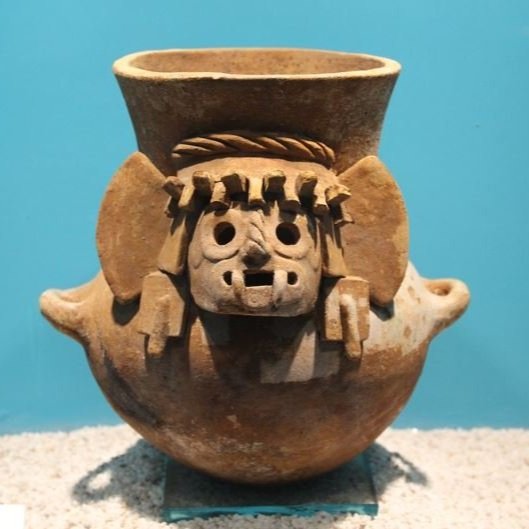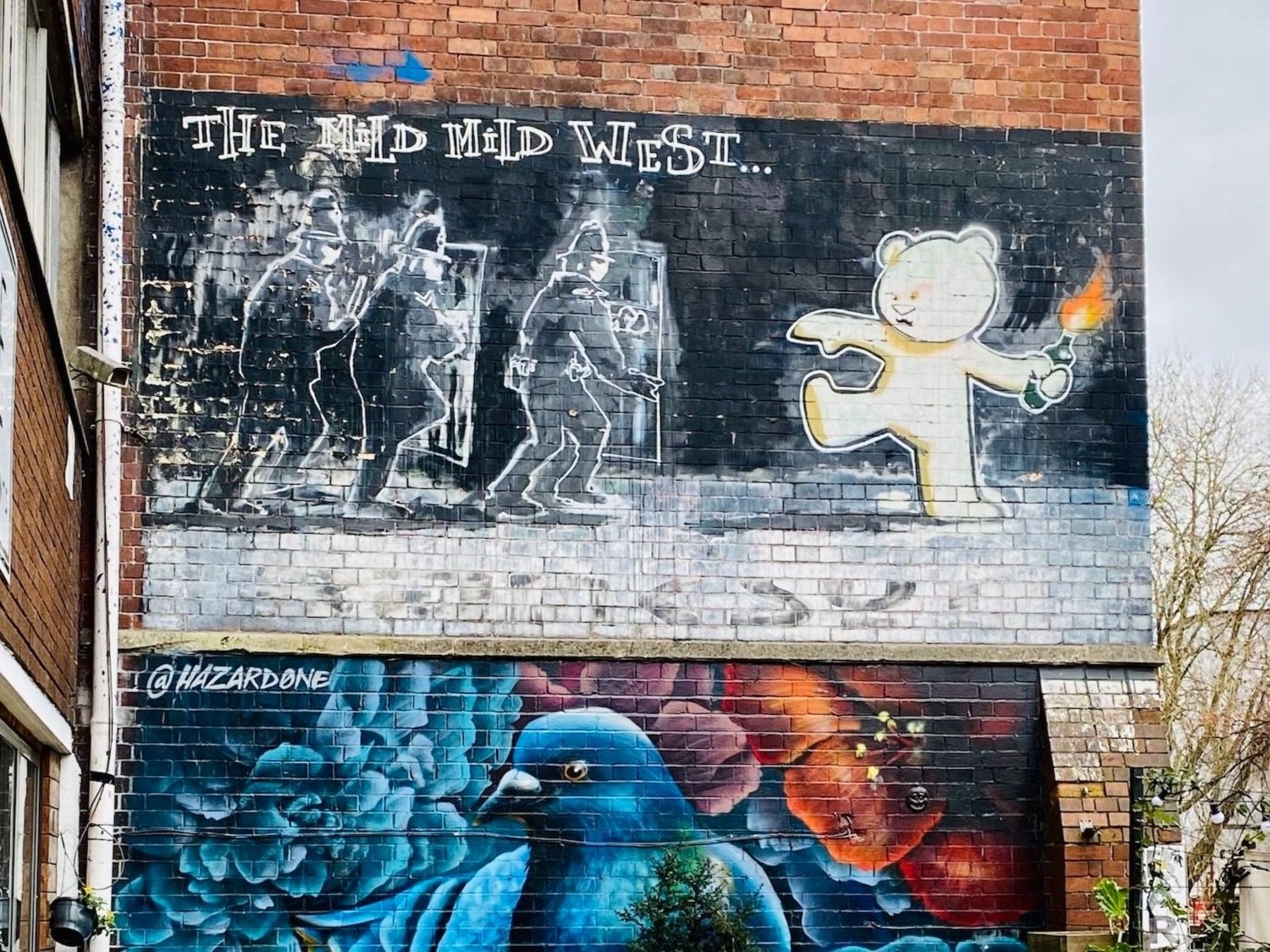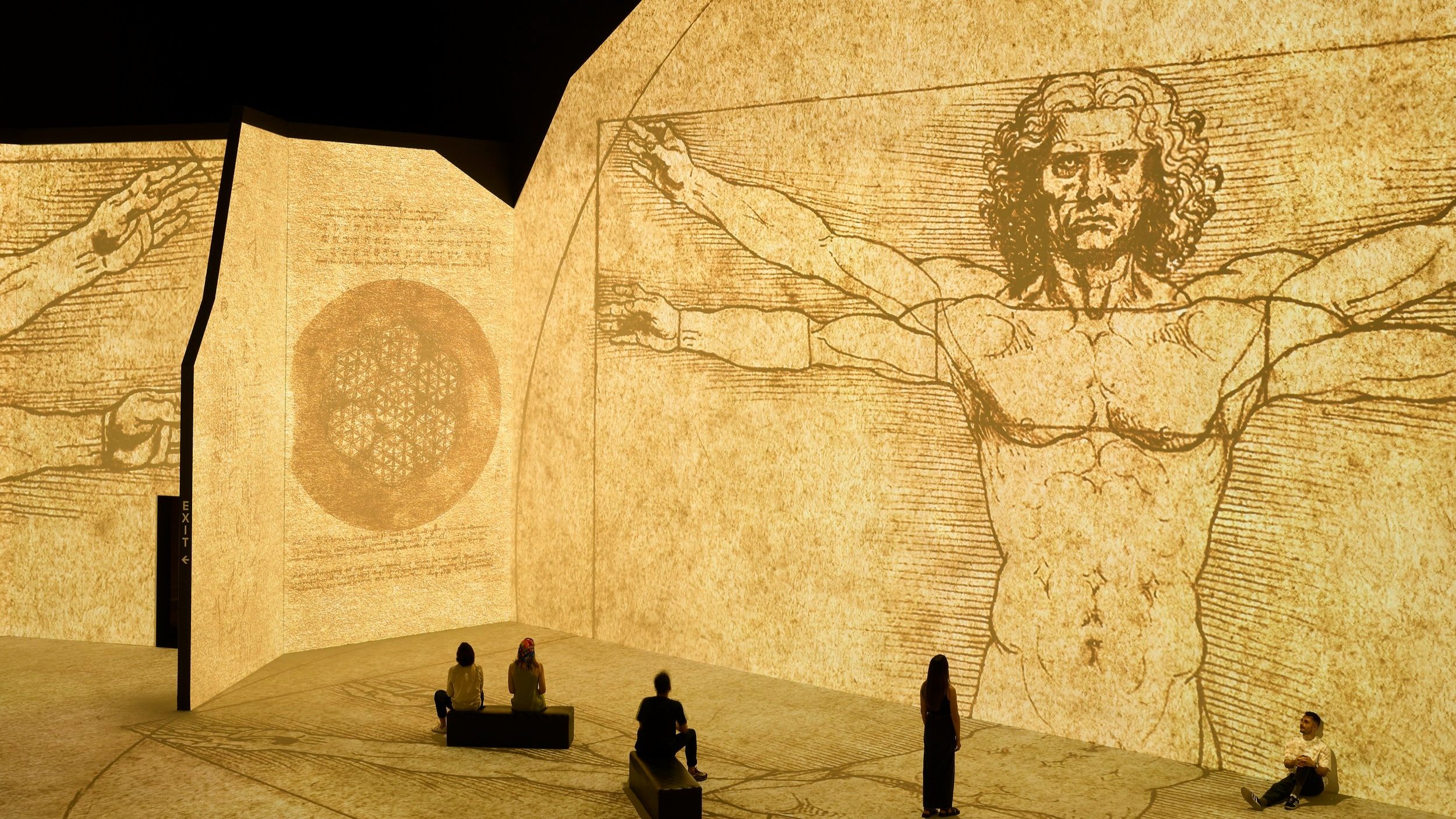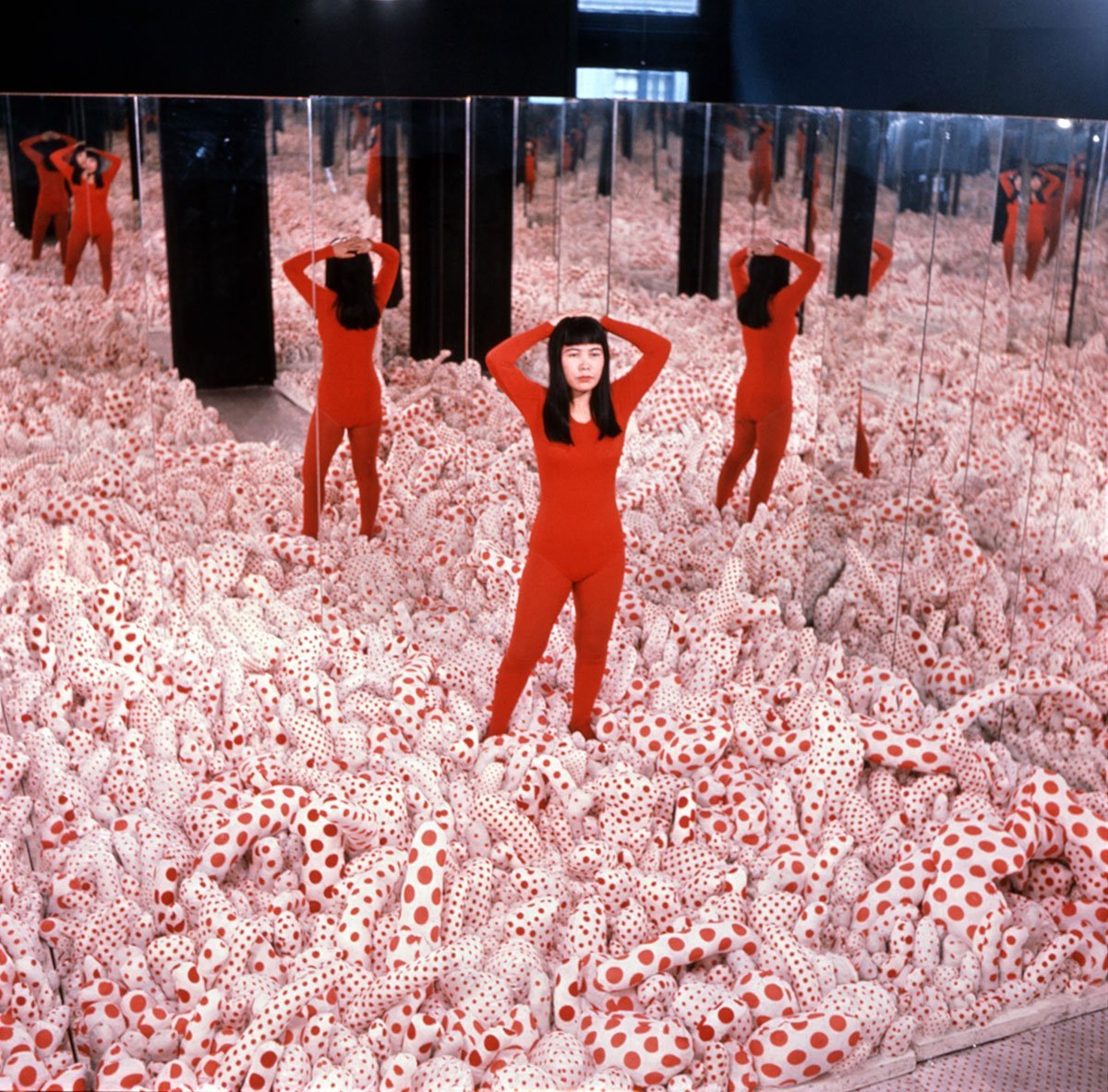How Did Frida Kahlo Die?
Frida Kahlo was the legendary Mexican artist, known for bold self-portraits and searing depictions of pain. Her untimely death at the age of 47 on July 13, 1954, was a tragic end to a journey marked by physical and emotional suffering.
In this article we explore into the circumstances surrounding Frida Kahlo's final days, the heartbreaking struggles she endured, and the profound legacy she left behind that continues to inspire generations.
Table of Contents
1. Frida Kahlo’s Cause of Death
2. Frida Kahlo's Lifetime of Pain and Surgeries
3. Channelling Suffering into Art
1. Frida Kahlo’s Cause of Death
Frida Kahlo's life was cut tragically short when she died on July 13, 1954, at the age of 47. The official cause of Frida Kahlo's death was pulmonary embolism, a blocked artery in the lungs.
What is a pulmonary embolism? A pulmonary embolism is a blockage in one of the pulmonary arteries in the lungs.
It is usually caused by a blood clot that travels from another part of the body (most commonly the legs) and lodges in an artery in the lungs.
It can be life-threatening because the clot prevents blood from circulating properly in the lungs, depriving the body of oxygen.
Symptoms can include shortness of breath, chest pain that worsens with breathing, coughing up blood, rapid heartbeat, dizziness, and sweating.
It requires urgent medical treatment, which usually involves anticoagulant (blood thinning) medications to prevent more clots and dissolve existing clots. In severe cases, clot removal procedures may be needed.
Pulmonary embolism can cause permanent lung damage or be rapidly fatal if the clot is very large and blocks the main artery in the lungs.
So in Frida Kahlo's case, after her many health issues, a pulmonary embolism or blood clot blocking an artery in her lungs was the ultimate cause that led to her death in 1954 at age 47. Her poor health made her susceptible to developing these dangerous clots.
2. Frida Kahlo's Lifetime of Pain and Surgeries
‘Henry Ford Hospital’ by Frida Kahlo
Frida Kahlo's health had been fragile for most of her life, stemming from a devastating bus accident she suffered in 1925 at the age of 18. The accident left her with severe injuries, including:
A fractured spine
A shattered collarbone
Several broken ribs
Injuries to her pelvis and abdomen
This catastrophic event set off a chain of health complications that would plague Kahlo for the rest of her days.
Kahlo underwent over 30 operations throughout her life in an attempt to alleviate her chronic pain and address the lasting impact of her injuries. These included:
Multiple spinal surgeries
Operations to repair her shattered bones
Procedures to treat infections and other complications
Despite the interventions, she continued to struggle with unrelenting pain, limited mobility, and the psychological toll of her physical traumas.
The Cruelest Blow
In 1953, just a year before her death, Kahlo faced one of her greatest challenges yet - the amputation of her right leg below the knee due to gangrene. This devastating development further restricted her movement and served as a harsh reminder of the fragility of her existence.
3. Channelling Suffering into Art
In the face of such immense physical and emotional adversity, Kahlo found solace and empowerment in her art. Her deeply personal self-portraits became a canvas for:
Exploring the complexities of suffering
Grappling with questions of identity
Depicting the raw realities of the human condition
With raw honesty and uncompromising beauty, she bared her soul through:
Vibrant, symbolic colours
Bold portrayals of her disabled body
Unflinching depictions of her own pain and medical trauma
The Two Fridas by Frida Kahlo
Paintings like "The Broken Column" and "The Two Fridas" shattered traditional notions of beauty. In them, Kahlo courageously represented:
Her shattered spine held together by surgical nails
Her emotional anguish and dualities
The postoperative scars and disabilities she endured
Rather than hide her afflictions, she defiantly put them at the forefront. Her art became a powerful testament to the resilience of the human spirit and the transformative power of creativity in the face of immense physical and psychological hardship.
Through self-portraiture, Kahlo was able to:
Process her emotional and bodily suffering
Assert her complex identity as a woman of mixed heritage
Reclaim agency over her own narrative and image
In doing so, she inspired later generations of artists and popularized an art form that centers subjective experiences, especially those of marginalized voices. Her works transcended the personal to speak universal truths about pain, womanhood, and existential struggles.
If you want to see Frida Kahlo’s artworks, please read here for locations.
You might be interested to read about what Frida Kahlo’s work symbolises and her personality type.
4. Diego Rivera's Heartbreak
Diego Rivera and Frida Kahlo
Frida Kahlo's death at the age of 47 was a devastating blow to her husband, the renowned Mexican muralist Diego Rivera.
Despite their tumultuous marriage, marked by passionate love and bitter fights, Rivera was deeply devoted to Frida Kahlo. Her passing left him heartbroken and adrift.
Rivera had famously engaged in an affair with Kahlo's friend and fellow artist, Dolores del Río, in the midst of their marital struggles. However, he later professed that Frida was the true love of his life, claiming he had only sought temporary solace in del Río's arms during a time of profound emotional turmoil.
In his autobiography, Diego Rivera wrote poignantly of how Kahlo's death affected him:
"The most wonderful part of my life was my love for Frida...When she died, a part of me died too. Our bond was infinite and eternal."
In the years after Kahlo's passing, the grieving Rivera poured himself into artistic pursuits as a way to cope with his overwhelming loss. He continued his prolific career as a muralist and painter, remaining a towering figure in the Mexican art world until his own death in 1957, just three years after losing his beloved Frida.
Rivera's enduring adoration was also expressed through his efforts to enshrine Kahlo's legacy. He played a key role in transforming their former home, the vibrant Casa Azul (Blue House) in Mexico City, into the Frida Kahlo Museum. This museum, inaugurated in 1958, houses many of her personal artifacts and celebrated paintings.
By helping establish this monument to Kahlo's life and art, Rivera ensured that her unique voice, her subversive explorations of identity, and her iconic imagery would be preserved and celebrated for generations to come.
5. The Casa Azul: Frida Kahlo's Resting Place and Museum
Following her death at age 47, Frida Kahlo's body was cremated, and her ashes were placed in a pre-Columbian urn decorated with the image of a monkey.
This urn now sits on display in the former home she shared with husband Diego Rivera - the vibrant Casa Azul (Blue House) in Mexico City's Coyoacán neighbourhood.
The Casa Azul has been meticulously transformed into the Frida Kahlo Museum, an experience that allows visitors to step into the artist's world and gain profound insights into her life, work, and indomitable creative spirit.
Upon entering the cobalt-blue walls of the 16th century building, one is transported back in time to the very spaces where Kahlo lived, loved, suffered and ultimately produced some of her most iconic paintings. The rooms are preserved just as she left them, with her personal belongings, traditional Mexican folk art, and objects from her vast collection remaining in their original places.
What was once her deeply personal sanctuary has become a profound tribute, preserving the enduring legacy of an artist who defied convention to share her authentic truths with the world.
6. Frida Kahlo: An Enduring Icon
Frida Kahlo's legacy extends far beyond her untimely death. Her art and her resilience in the face of adversity have made her an iconic figure, transcending borders and inspiring generations of artists, feminists, and individuals who have faced their own struggles.
Kahlo's self-portraits, rich with symbolism and a daring exploration of themes like identity, suffering, and Mexican culture, broke new ground in the art world.
Today, Kahlo's influence can be seen in the work of countless contemporary artists, who have been inspired by her bold use of colour, her fearless self-expression, and her ability to transform personal experiences into powerful visual narratives.
Her art has also resonated with diverse communities, serving as a source of pride and empowerment for those who have experienced marginalization or discrimination.
Beyond the art world, Frida Kahlo's life story has become a symbol of resilience and perseverance.
Frida Kahlo's legacy remains as relevant and powerful as ever. Her untimely death at the age of 47 may have robbed the world of her artistic genius, but her spirit lives on, inspiring and empowering individuals to embrace their true selves, to find beauty in their scars, and to create art that speaks truth to the depths of the human condition.
I hope you have found this blog post about Frida Kahlo interesting and enjoyable. To find out more about other great artists, read here:
If you have any questions or comments, please email me at sarahransomeart@gmail.com.


